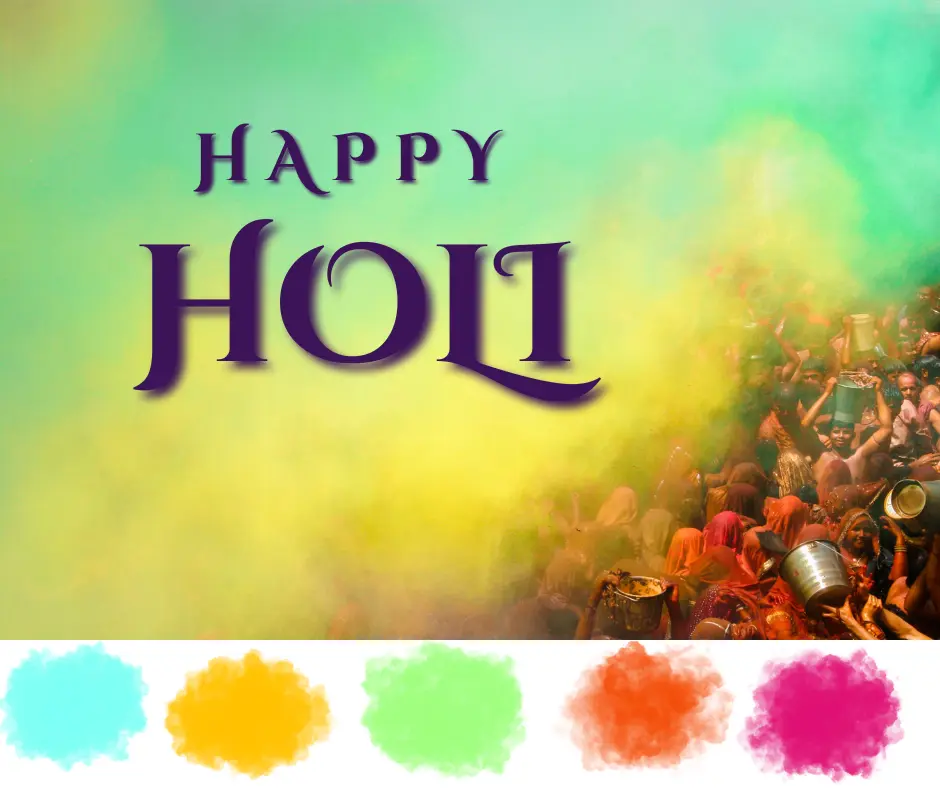Holi Celebration
Holi is one of the most popular and widely celebrated festivals in India, and it is known as the festival of colors. People of different ages, religions, and cultures take part in this festival with tremendous excitement and passion. Holi falls on the full moon day in the Hindu month of Phalguna (February/March). In this article, we will discuss the significance, traditions, and celebrations associated with Holi.
Significance of Holi Festival
Holi has several mythological significances. Holika and Prahlad’s story is one of the most well-known tales. According to the story, King Hiranyakashipu had a son named Prahlad who was a devotee of Lord Vishnu. However, the king wanted his son to worship him instead of Lord Vishnu. When Prahlad refused to do so, the king ordered his sister Holika to burn Prahlad alive. But, by the grace of Lord Vishnu, Holika was burnt to ashes, and Prahlad was saved. This event signifies the victory of good over evil.
Why is Holi Celebrated in India?
Victory of Good Over Evil (Holika Dahan): The most well-known legend associated with Holi is the story of Prahlada and Holika. Prahlada, a devout follower of Lord Vishnu, was protected by the divine power when Holika, his aunt, tried to burn him. This event symbolizes the triumph of good over evil. To commemorate this, a bonfire known as Holika Dahan is lit on the eve of Holi, signifying the burning of evil forces.
Celebration of Spring: Holi is often regarded as a celebration of the arrival of spring. The festival typically takes place in March, marking the end of winter and the beginning of the harvest season. The lively colors used during Holi are said to represent the vibrant colors of spring, making it a festival of rejuvenation and renewal.
Love and Romance (Radha-Krishna Legend): Another popular legend associated with Holi is the love story of Lord Krishna and Radha. According to mythology, young Krishna, known for his playful and mischievous nature, used to play Holi with his friends and the gopis (milkmaids). This tradition of playing with colors has continued, and today Holi is often associated with the expression of love and joy.
Social Harmony: Holi is also seen as a festival that breaks down social barriers and promotes unity and harmony. During the celebration, people of all ages, castes, and backgrounds come together to play with colors, forgetting social distinctions. It is a time when people forgive and forget past grievances, fostering a sense of community and togetherness.
Harvest Festival: In some regions of India, Holi is celebrated as a harvest festival. It marks the agricultural season and the reaping of winter crops. People express their gratitude for a good harvest and pray for prosperity in the upcoming agricultural season.
Traditions and Celebrations
Holi celebrations begin on the evening of the full moon day with Holika Dahan, where people light a bonfire to symbolize the burning of Holika. The next day, people celebrate the festival by playing with colors and water. People apply colors on each other’s faces, sing, dance, and enjoy festive food and drinks.
In some parts of India, Holi is also celebrated with special delicacies like Gujiya, Mathri, Thandai, and other traditional sweets. People also visit their friends and relatives and exchange sweets and gifts on this occasion.
Conclusion
Holi is a celebration of joy, love, and unity. It brings people of different cultures and communities together to celebrate and share happiness. As we celebrate this festival, we should remember its significance and the message it carries – the victory of good over evil.

